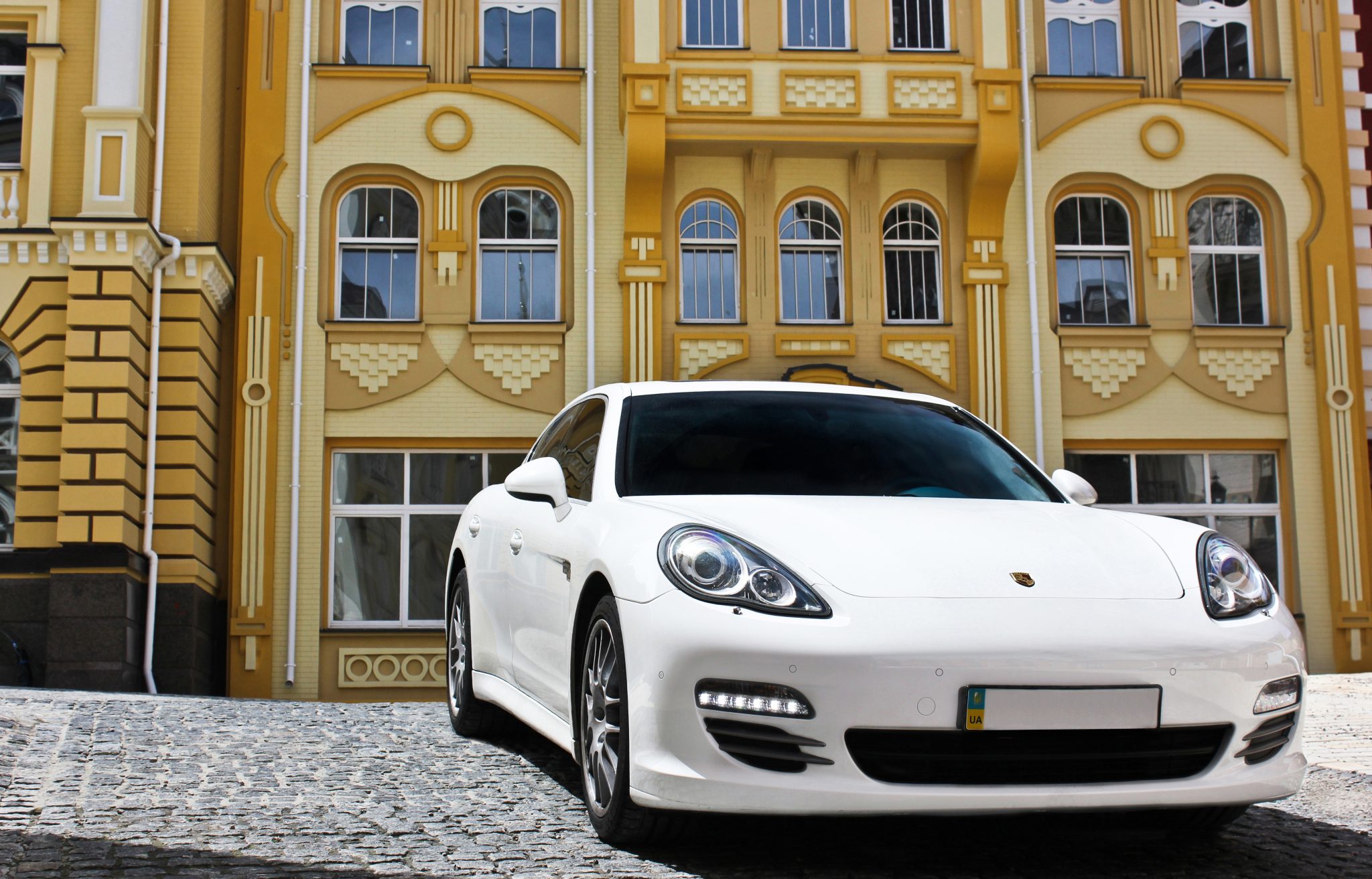New car sales have been affected significantly by low gas prices and an influx of SUV and truck sales. From 2015 to 2016, new car sales were down 9 percent across all brands. Despite the lower sales figures, new car sales remain profitable, especially in luxury brands and vehicles with specialty add-ons.
The ticket to their success lies in the convenience features that enhance a customer’s enjoyment of their new car.
- Mercedes-Benz will offer a world-first ENERGIZING Comfort package, linking climate control, ambient lighting, and massage and fragrancing functions in the 2018 S-Class.
- BMW provides purchasers the optional Gran Turismo, M Sport, and Alpina packages on many models.
- Lexus offers efficiency-minded customers hybrid powertrains, and optional performance packages like the F Sport.
- Audi’s lineup includes S and RS packages and high-end options in the Prestige trim.
Add-ons Boost Average Sale Price
The added features come at a cost to purchasers. In many cases, the upgraded packages increase the sale price thousands of dollars. As an example, the Executive Package for a 2017 BMW 430i adds $2,100 to the purchase price. A 2018 Audi A5 Coupe Prestige trim is nearly $8,000 more than the entry-level trim.
Luxury car shoppers lean towards a personalized vehicle, opting for a unique driving experience or an enhanced comfort level. Luxury trim levels capitalize on this trend, offering the most sought-after items at a level higher than the entry trim. Such is the case with Mercedes-Benz, widely marketing the high-performance AMG models and offering on only top-of-the-line trims.
Reaching a New Demographic
With some packages, it’s not about selling cars at a higher price but, rather, attracting a new customer. Added trim levels may appeal to clients who would otherwise purchase from a different brand. The Track Handling Package on the BMW 3 Series may draw a prospective buyer away from the Mercedes C-Class, for example.
This goes hand in hand with the vision shift across luxury car brands. Electric cars, high-performance hybrids, and luxury SUVs are being developed to embrace the industry’s future.
Retailers Can Capitalize with Add-Ons
While car sales are stagnant, retailers are able to make the most out of car purchases with popular add-ons. Since the typical luxury car buyer is less inclined to choose the entry-level model, car dealerships can capitalize with add-ons and higher trim levels.
One such technique includes manipulating on-the-lot inventory. Fewer entry-level trims are kept on the ground while an increased number of more desirable and more expensive luxury trims are kept on hand. With limited entry-level options, car buyers lean toward the model with premium equipment and a unique vehicle ownership experience.
Dealer-Installed Options
Another option is partnering with an aftermarket accessories and performance developer. Several companies specialize in developing unique solutions for performance modifications and visual enhancements. These customized vehicles add appeal for your inventory and command higher selling prices.
Dinan, for example, is a performance-centered developer for premium European brands. Their products include electronics, exhaust, suspension, intake, and wheel options, backed by a warranty that reflects the manufacturer.
Similar practices can be completed using manufacturer accessories. In most cases, these dealer-installed options using OEM accessories enhance visual appeal yet largely leave performance untouched. Lot appeal is the largest reward for dealer-installed options.
The obvious effect is a higher average sales price, boosting the dealer’s bottom line.
Originally published on May 10, 2017








